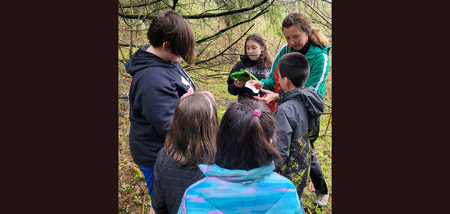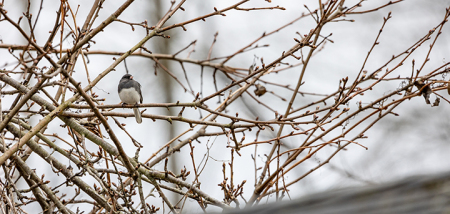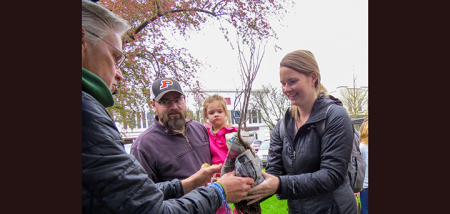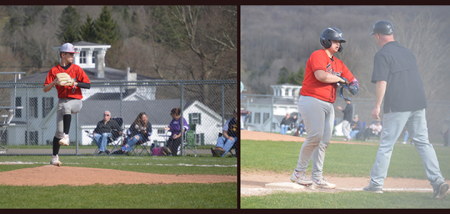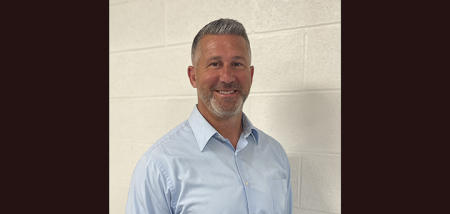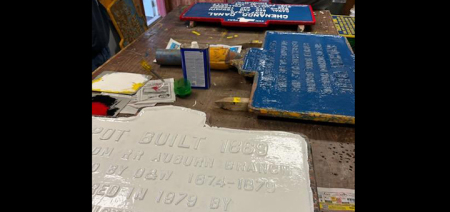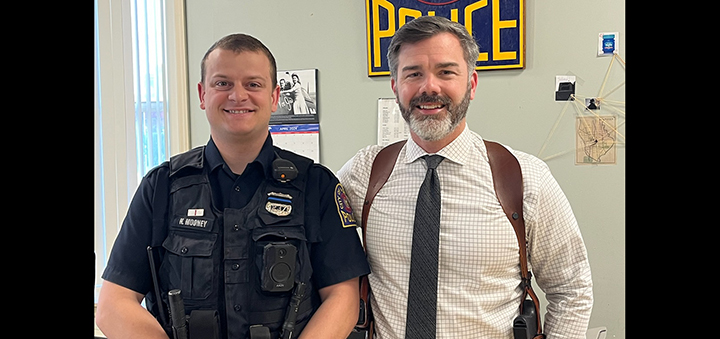Tilting At Windmills: The Case Of The (Very) Large Shopping List
Published:
June 3rd, 2022
By:
Shelly Reuben

It was always great fun getting a new case at Charles G. King Associates, because there would be so much to learn and so much to do.
If the call was from an old client, we would greet said tried-and-true warmly. Since Charlie was a living litmus test, dishonorable lawyers did not like working with him, and we never had to worry about the nasty ones coming back.
With a newcomer, however, pleasantries would be exchanged, and rather quickly, we would know if he or she understood that fire investigation is a field of inquiry that requires specialized knowledge and expertise, particularly with regard to the acquisition and interpretation of FACTS.
Which brings us to Sherlock Holmes, my favorite “consulting detective,” so brilliantly conceived by Sir Arthur Conan Doyle. Even though Holmes did not specialize in fire, when it came to investigative skills, his methodologies were as good as it gets:
“Always approach a case with an absolutely blank mind. Form no theories. Just simply observe and draw inferences from your observations.”
“It is a capital mistake to theorize before one has data. Insensibly one begins to twist facts to suit theories, instead of theories to suit facts.”
“Data! Data! Data! ... I cannot make bricks without clay.”
In looking back on fires we investigated at, let’s say, the Guggenheim Museum, Madison Square Garden, and the Trump Taj Mahal ... or obscure fires in refrigerators, baseboard heaters, garages, or vehicles ... all started out pretty much the same. In this instance, however, we will assume that the fire was arson, newsworthy, and involved a homicide.
To illustrate how we worked, I will bring back our favorite attorney, Gregory Steel, whom you met earlier in “The Case of Ashes to Ashes.”
To refresh your memory, the victim, Roger Loomis, owned a popular bar named “Ashes.” He had recently purchased a new Buick, the fire-ravaged shell of which was discovered on the shoulder of a backwoods road. Within the car was a corpse with its jaw broken and its incinerated remains stripped of all identification. Dental records that could have established the victim’s identity (was it Roger Loomis?) mysteriously disappeared from the office of a dentist who had never before lost an X-ray.
The case garnered major media coverage, as the arson victim was well-liked, well-known, and prominent in his community. With Charlie on one end of the telephone, and Gregory Steele on the other, here is what a “fly on the wall” would have heard.
Charlie began, “Write SHOPPING LIST at the top of a page.”
Greg agreed.
“Okay, this is what we need to kick-start our investigation. First, get newspaper clips of everything that happened before, during, and after the fire. Are you writing this down?”
“Yes. I am.”
Charlie continued to outline what Gregory Steele (and anyone in a similar situation) would have to do:
Check newspaper morgues and ask them to send you proof sheets of negatives for the photos that were not printed in the papers (the same would apply now in the age of digital photography).
Call network and cable television stations. See if you can get copies of the news broadcasts from the day of the fire.
Get newspaper coverage of events that might have been relevant preceding the fire (Was Loomis arrested for drunk driving? Did anyone try to rob his bar? Did his wife try to shoot him?)
Call local fire and police departments. Find out who handled the case. Some small upstate counties have no fixed procedures for investigating fires, so it could be anybody or everybody or nobody. There were probably some local cops there, and a member of the fire department who had taken a course in fire investigation. Contact them. Interview them, and ask for copies of their photos.
Find out if the State Fire Marshals got involved. Same for the State Police.
Find out who was the first fireman to arrive on the scene; interview him.
Find out who was the responding fire captain. Interview him. Being in charge of firefighting operations, he would often see things that go unnoticed by everyone else.
Find out who discovered the fire, and who called it in. Sometimes, that person is the fire setter.
Get Incident Reports from all the police and fire departments involved. If it was an old fire and the reports have not been computerized, ask very nicely if someone would be willing to go through the archived files and find them for you.
If needed records are not available to the public (non-law enforcement), write a Freedom of Information letter (FOIL) to the appropriate authorities, and they will advise you when and if those documents will become available, and how to obtain them.
Get detailed weather reports for the day of the fire. Snow. Rain. Wind conditions. Everything can affect the rate of burning.
Contact the Office of the Medical Examiner, and if there isn’t one, find out who handles unattended deaths. Get their report.
If an autopsy was done, get copies of the autopsy report.
Get copies of the morgue photographs.
Call local hospitals to see if anyone was treated for burns, as arsonists often suffer injuries in the fires that they have set.
And most importantly, get a prototype of the burned vehicle, because we have to know what Loomis’ car looked like before it was set on fire to reconstruct what happened during the fire.
Even though I put “prototype” last on my list, in just about every product liability case, getting one would a top priority. And if the mountain couldn’t come to Mohamed (Charlie), Charlie would go to the manufacturer of the stove, tractor, fluorescent light fixture, or Chevrolet Corvette coupe that had gone on fire – so that he could acquaint himself with how a product was a made, how it functioned, and what it looked like before we were introduced to its incinerated remains.
In case you are wondering why we would ask our clients to perform these tasks instead of doing them ourselves, most law offices have paralegals, secretaries, and assistants on staff who could do the work at no cost. For clients with no in-house staff, we would do (and charge for doing) all of the scut work ourselves.
When Charlie ran our company, most of our clients were giants of industry with legal departments that could research and obtain anything. After I took over, my clients gave me smaller fires to investigate, so I did all that work myself. In terms of relevance to a case, my most treasured acquisitions were always photographs. Pre-fire photos, firefighting operation photos, post-fire photos, and the pictures I took during my fire scene inspections. It is impossible to over-state their value. Photographs would be one type of “clay” (if Sherlock Holmes investigated fires) with which the great fictional detective could make his bricks.
And there you have it. Charlie King’s shopping list for what we needed to begin a new case. Some might consider bird-dogging such diverse components arduous, but I thought it was fun. I have always loved detail work. Each new fact, photo, newspaper clipping, or interview that we identified, analyzed, and properly pigeon holed was a fait accompli.
Mr. Sherlock Holmes, I expect, would have agreed, since he once ruminated, “They say that genius is an infinite capacity for taking pains ... It’s a very bad definition, but it does apply to detective work.”
Copyright © Shelly Reuben, 2022. Shelly Reuben’s books have been nominated for Edgar, Prometheus, and Falcon awards. For more about her writing, visit www.shellyreuben.com
Author: Shelly Reuben - More From This Author
Comments
